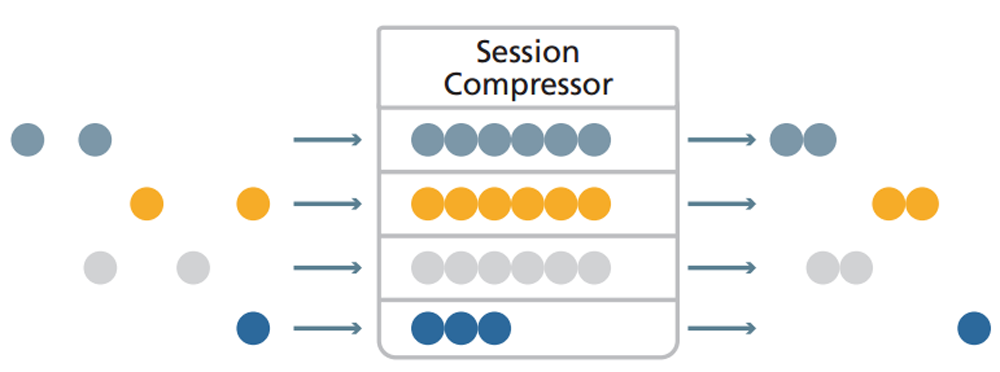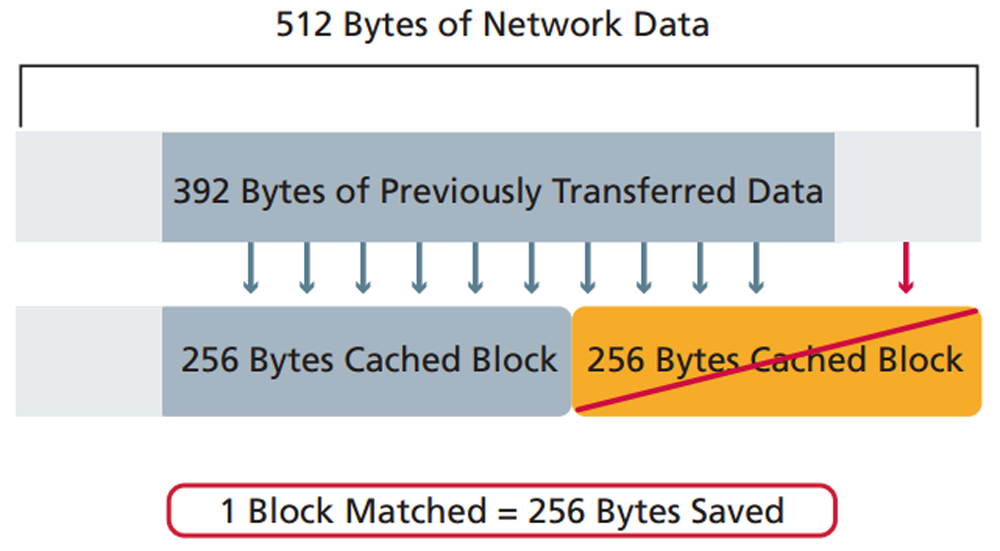What Is WAN Acceleration?
WAN acceleration, sometimes known as WAN optimization, is a collective term for a variety of techniques intended to increase the speed and efficiency of data transfer across wide-area networks (WANs).
WAN acceleration remediates network congestion and latency by implementing bandwidth preservation techniques such as compression, caching, data deduplication, and image optimization. WAN acceleration is not the same as application acceleration because the former is meant to optimize the network, not application performance. (Similarly, Web acceleration may have overlapping but slightly different targets or approaches.) Nonetheless, WAN acceleration or WAN optimization may be undertaken to help improve application performance as part of an effort intended to achieve application acceleration, which helps organizations provide fast, responsive applications and easy access to data despite increased traffic due to exploding demand for mobile access, remote work, and e-commerce apps.
No one wants to wait for information they need. WAN acceleration or optimization can help. It streamlines network traffic and optimizes bandwidth to help ensure people have access to the information and tools they need without frustrating delays.
Different WAN optimization methods address issues such as network latency, congestion, duplicate data transfers, and protocol chattiness, which may be of particular concern for organizations with networks across disparate geographies or legacy applications built for use over local-area networks (LANs). WAN acceleration can improve user experiences by optimizing bandwidth, shifting content nearer to clients, and delivering faster access to resources such as collaboration platforms, CRM databases, portals, and applications. The result is quicker data retrieval and faster application performance.

Figure 1: Session compression is one technique for WAN acceleration.

Figure 2: Block-based data reduction, with caching, can help speed network data transfers as one approach to WAN acceleration.
While F5 products focus on application acceleration as the more comprehensive route to improving the user experience, several incorporate a variety of technologies and features that address WAN optimization to speed the network. These include intelligent compression, smart caching, and other complementary optimizations.

